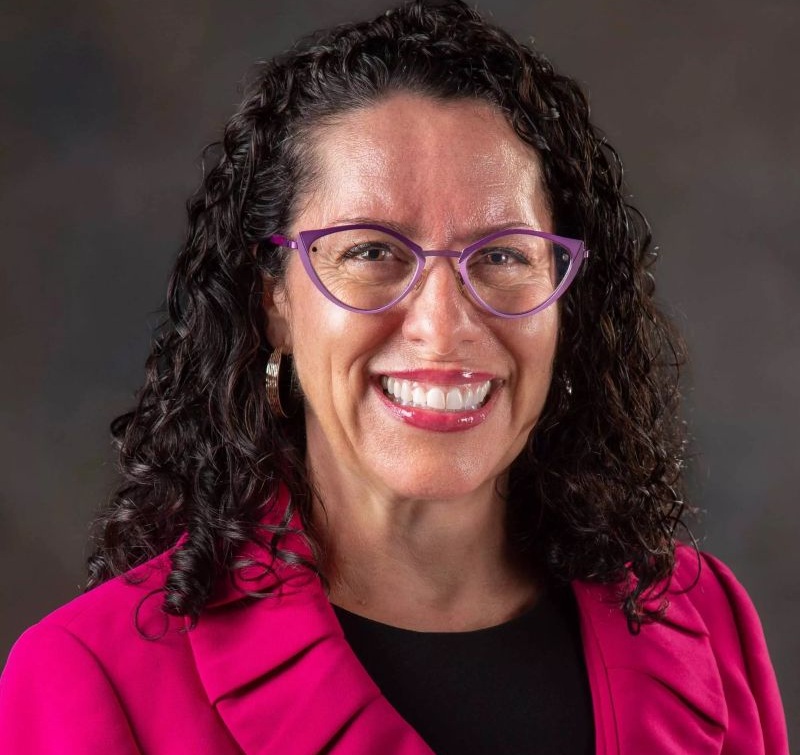On August 4, 2023, the United States Department of Justice (DOJ) notified the public of the intent to amend Title II of the Americans with Disabilities Act (ADA). The proposed amendments aim at ensuring website and application (app) content made available by public entities to provide services and programs is accessible to and usable by individuals with disabilities.
Title II of the ADA applies to state and local governments regardless of the public entity’s size or access to resources. Title II’s policy goal is to ensure that people with disabilities can fully participate in all aspects of civic life.
The United States Department of Education’s Office of Civil Rights (OCR) enforces school district non-compliance with Title II of the ADA. Importantly, anyone can file a disability discrimination complaint with the OCR, whether or not the complainant is the individual in need of redress. Parents, students, advocates, or the OCR itself may initiate a compliance proceeding. From 2006 through 2017, the OCR considered thousands of complaints against public entities for their insufficient compliance with the ADA’s web accessibility requirements. However, in 2017, the executive branch placed web accessibility compliance on the “Inactive Actions List” indicating that the executive branch would unlikely prioritize enforcement or update existing regulatory schemes. Then, in 2018, the OCR drastically narrowed complainants’ standing to submit complaints. Since that time, the number of web accessibility complaints decreased substantially. The new proposed regulations suggest that the federal government has reprioritized ADA web accessibility compliance enforcement.
Currently, the ADA requires public entities to ensure that their technology is fully accessible to people with disabilities or otherwise provide equal access to the benefits and opportunities offered by such technology. This requirement is broadly understood to include information provided on a public entity’s website, as such information is vital to accessing a public entity’s resources and opportunities. For example, a person unable to access a school board’s meeting notices may be totally precluded from participating in the public comment period provided at the meeting. The DOJ states that, because public entities are increasingly providing government services through their web content and mobile apps, the current regulatory scheme insufficiently provides equal access to people with disabilities. Services the DOJ intends to make more accessible by this regulation include, but are not limited to:
- Paying fines, tickets, and fees
- Registering to vote
- Applying for state benefits
- Renewing state-issued IDs
- Filing taxes
- Viewing public transportation schedules/routes via mobile app
- Requesting records
- Obtaining information on a public entity’s website
To achieve this accessibility goal, the DOJ proposed that public entities must adopt an internationally recognized accessibility standard for web access: “Web Content Accessibility Guidelines 2.1, Level AA.” These guidelines recommend various types of accessibility improvements for people with disabilities. For example, the guidelines require:
- Color and light contrast requirements for low vision users
- User options to increase the space between letters for people with dyslexia
- Automated screen orientation or user options to choose a preferred orientation
- Screen reader compatibility
- Automatic screen resizing based on text size
If the proposed rule is ultimately adopted, public entities will have the obligation to comply based on a staggered timeline. Public entities with a total population of more than 50,000 must be compliant within two (2) years after the final rule’s publication, whereas public entities with a total population of less than 50,000 may do so within three (3) years. Total population refers to the public entity’s population according to the United States Census Bureau or, if the public entity does not have a specific population but belongs to another jurisdiction that does, the population of the jurisdiction to which the public entity belongs.
The proposed regulation is currently in the “Notice and Comment” period in which interested parties may submit feedback for the DOJ to consider before promulgating the final, binding regulation. If a school district official is interested in participating in the comment process, he/she may submit a comment for consideration by following this link. The comment period closes on October 3, 2023. Because a final rule has not yet been published, this proposed regulation does not currently require any compliance obligations on the part of public entities at this time. However, public entities should continue to monitor the status of this rule and coordinate with their information technology providers to plan for the likely event that a final rule is likely to be published in the coming months.

